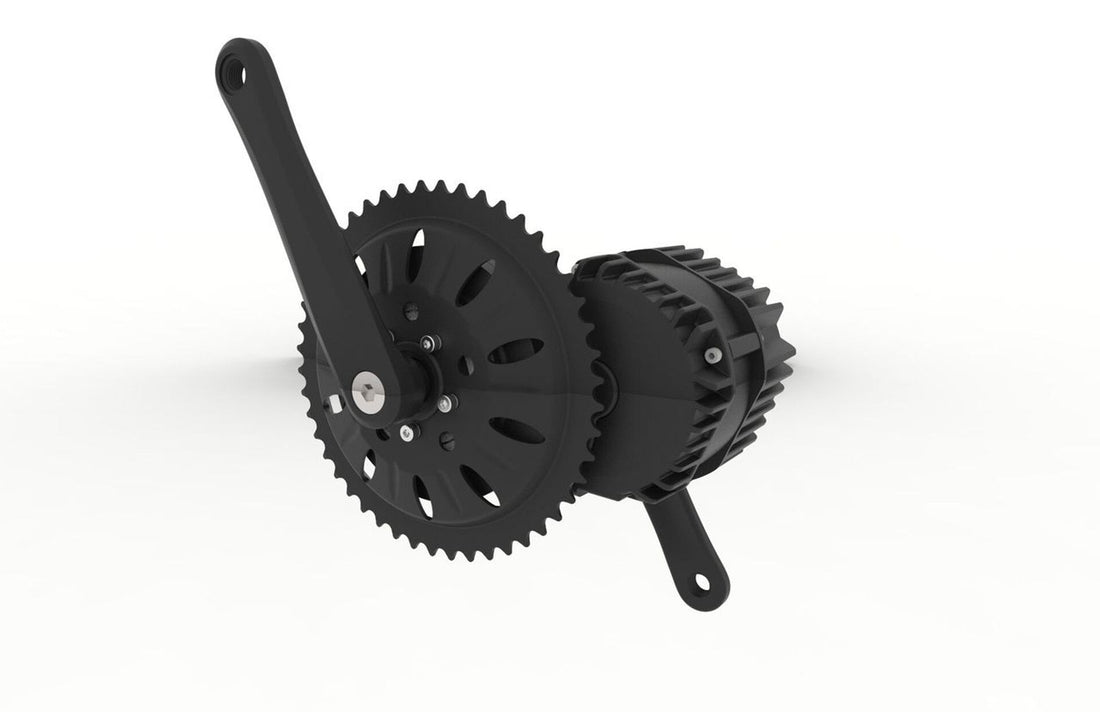
Legal E-Bike Conversion Kits: Where to Buy in 2025
Table of Contents
Already love your acoustic bike but crave that electric boost? A conversion kit turns almost any bicycle into an e-bike for a fraction of the cost of a new ride—if you choose a kit that’s legal where you ride. This guide shows you exactly where to buy compliant e-bike conversion kits in 2025, what certifications to look for, and how to avoid expensive regulatory missteps.
What Makes an E-Bike Conversion Kit “Legal”?
U.S. Requirements
-
Motor power ≤ 750 W (federal Consumer Product Safety Commission definition).
-
Top assisted speed ≤ 20 mph (Class 1 & 2) or ≤ 28 mph with pedal assist only (Class 3).
-
UL 2849 certification for the complete electrical system—many retailers now advertise this clearly.
-
Operable pedals must remain on the bike.
Trunk Rack Laws for Transporting Your E-Bike
EU & UK Requirements
-
Motor ≤ 250 W and pedal-assist cut-off at 25 km/h.
-
EN 15194 compliance label.
-
Throttles above 6 km/h typically illegal without registration.
Pro tip: Always check local state or provincial rules—New York City, for example, enforces a strict 20 mph limit even on Class 3 kits.
Top Places to Buy Legal E-Bike Conversion Kits
1. Grin Technologies (ebikes.ca) – Vancouver, Canada
-
Why they’re trusted: Publish independent dyno tests and only sell UL-compliant batteries.
-
Best for: Tech-savvy riders who want modular options (hub, mid-drive, or the well-known All-Axle hub).
-
Shipping: Worldwide; U.S. orders clear customs with pre-paid duties.
2. BafangUSA Direct – Monrovia, California
-
What you’ll find: Full BBS mid-drive kits (250 W, 500 W, 750 W) all with U.S.-legal firmware.
-
Why buy here: Domestic warranty support and UL-listed batteries assembled in California.
3. Swytch – London, UK (Ships Worldwide)
-
Highlight: Featherweight 250 W front-hub kit that snaps on/off with a quick-release power pack.
-
Compliance: Certified to EN 15194 (EU) and CPSC wattage limits for U.S. customers.
-
Caveat: Pre-order model—lead times can stretch to 8–12 weeks.
4. Ebikeling – Illinois, USA
-
Products: Budget-friendly hub-motor kits (350 W–750 W) with or without batteries.
-
Certification: Recently added UL 2849 batteries; verify listing number before you buy.
-
Ideal for: DIYers upgrading older commuters.
5. Luna Cycle – El Segundo, California
-
Focus: Enthusiast-grade BBSHD (1 000 W) and BBS02 (750 W) kits.
-
Legality tip: The 1 000 W option is off-road-only in many states; opt for the 750 W BBS02 to stay street-legal.
-
Perk: In-house battery spot-welding and optional UL-listing.
Buying on Amazon or eBay: Safe or Sketchy?
Marketplace listings can save a few dollars but often skip safety certifications. Before clicking “Buy Now”:
-
Search the UL database for the battery’s file number.
-
Read wattage carefully—many listings hide a 1 000 W motor under “48 V” wording.
-
Check return policy; some sellers ship from overseas with no practical warranty.
If the ad copy looks vague (“high-speed motor,” no mention of wattage or UL), keep scrolling.
Mid-Drive vs. Hub-Drive Kits: Which Is Easier to Keep Legal?
| Feature | Hub Drive (Front/Rear) | Mid Drive |
|---|---|---|
| Max torque | Good for flats | Great for hills |
| Stealth factor | More visible | Hidden in crank |
| Legal compliance | Easier to cap speed via controller | Risk of over-gearing past 28 mph |
| Installation time | 1–2 hours | 3–4 hours (requires bottom-bracket tools) |
Mid-drives can push speeds beyond Class 3 if you fit a large chainring, so choose gearing wisely.
How to Verify a Kit’s Compliance Before Purchase
-
Locate the motor sticker or spec sheet—ensure ≤ 750 W (U.S.) or ≤ 250 W (EU).
-
Confirm UL 2849 or EN 15194 listing for the entire system, not just the cells.
-
Ask the retailer for a controller programming screenshot showing speed limit settings.
-
Read rider forums (ES, Reddit r/ebikes) for real-world police encounters.
Tips for Smooth Installation & Registration (Where Required)
-
Keep photos of the build—handy proof if authorities question your setup.
-
Label visible wiring with heat-shrink tags noting voltage and fuse ratings.
-
If local DMV requires inspection, print the kit’s compliance certificate and bring the box.
Key Takeaways
-
Stick with reputable retailers that advertise UL or EN certification.
-
750 W/20–28 mph is the legal ceiling for U.S. streets; 250 W/25 km/h in most of Europe.
-
Verify specs before buying—marketplace deals without paperwork can void insurance or lead to fines.
-
Choose the kit (hub vs. mid) that meets both your terrain needs and local laws to ride worry-free.
Frequently Asked Questions
Q: What’s the safest motor power to stay street-legal in the U.S.?
A: A 500 W or 750 W kit with a 20 mph (Class 2) or 28 mph (Class 3) cap keeps you compliant in all 50 states.*
Q: Do I need to register my converted e-bike?
A: Most states treat compliant e-bikes like bicycles—no registration. Hawaii, Alaska, and some EU countries may require a simple permit.*
Q: Are throttle-only kits legal?
A: Yes, if limited to 20 mph and 750 W (Class 2). Pedal-assist-only kits can go up to 28 mph (Class 3).*
Q: Can I install a kit myself without voiding my bike’s warranty?
A: Check with the bike brand—many void frame warranties if you add a motor. Steel or chromoly frames handle conversion stress best.*
Q: How long does a conversion take for a beginner?
A: Hub-drive kits: about 2 hours with basic tools. Mid-drives: 3–4 hours and a bottom-bracket tool set.*
No comments











0 comments